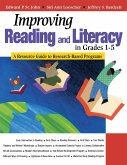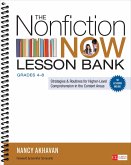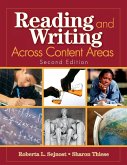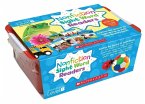Three common routines are seen in almost every primary language arts programs: morning messages, shared readings, and word walls. These routines should be integrated to support the total language arts program, but are teachers of grades K-2 getting the most bang for their buck out of these activities? Morning messages can become very routinized and repeat the same experiences over and over again. Shared readings are sometimes conducted with little variation in spite of changing demands from the texts being used and changing needs in the learners with whom they are being used. Word walls might be put up with some attention early in the year and remain virtually unchanged as the year moves forward. Intensifying Classroom Routines in Reading and Writing Programs focuses on how teachers can get more instructional mileage out of these three common classroom routines. Author Michael P. Ford lays out step-by-step, day-by-day plans to put those three key routines on a cycle that changes as students move through developmental phases. This resource helps teachers plan for emergent and early readers and writers. It also looks at how teachers can assist students as they move through critical areas, including concepts of print, alphabetic knowledge, phonological awareness, sound-symbol relationships, high-frequency words, structural analysis, context clues, comprehension strategies, and composition strategies. With these intensified routines in place, students will clearly see connections between reading and writing.








